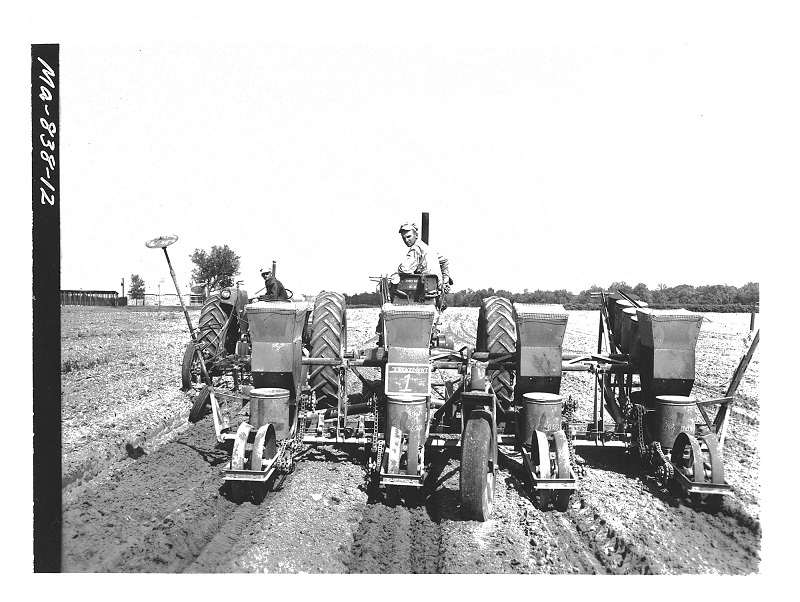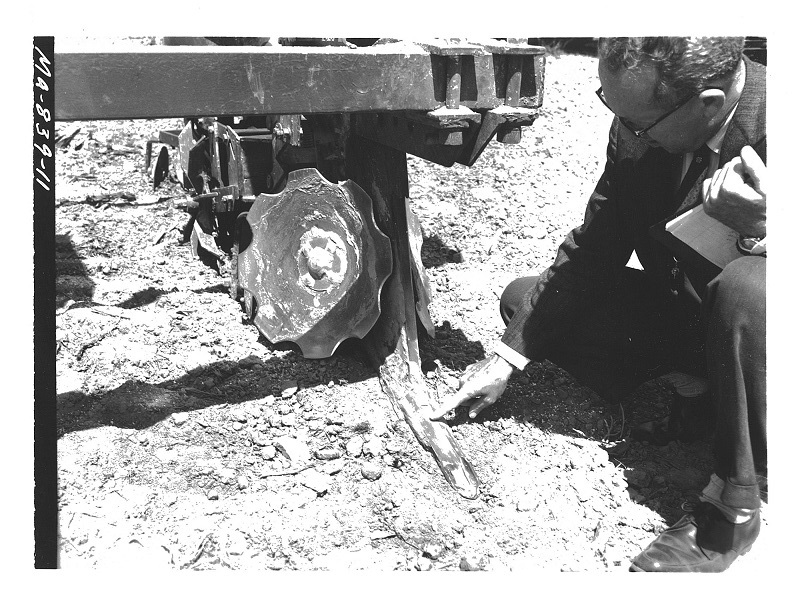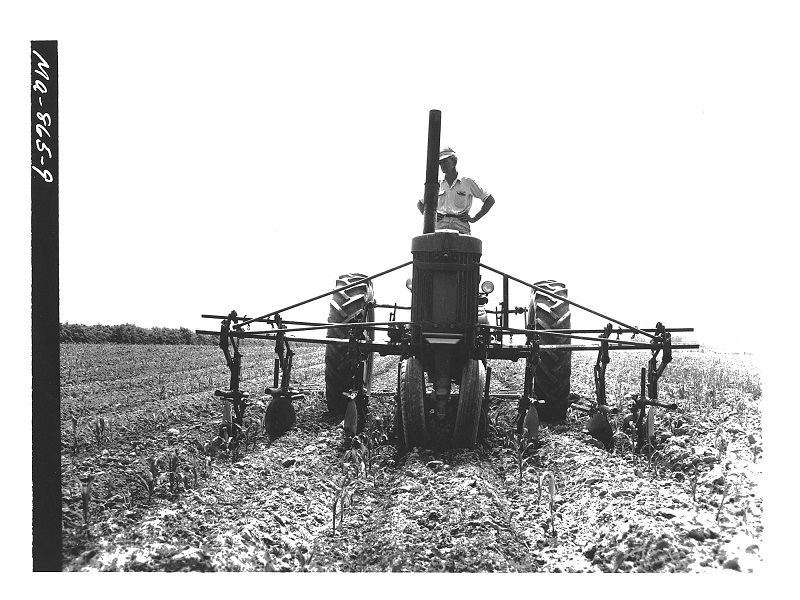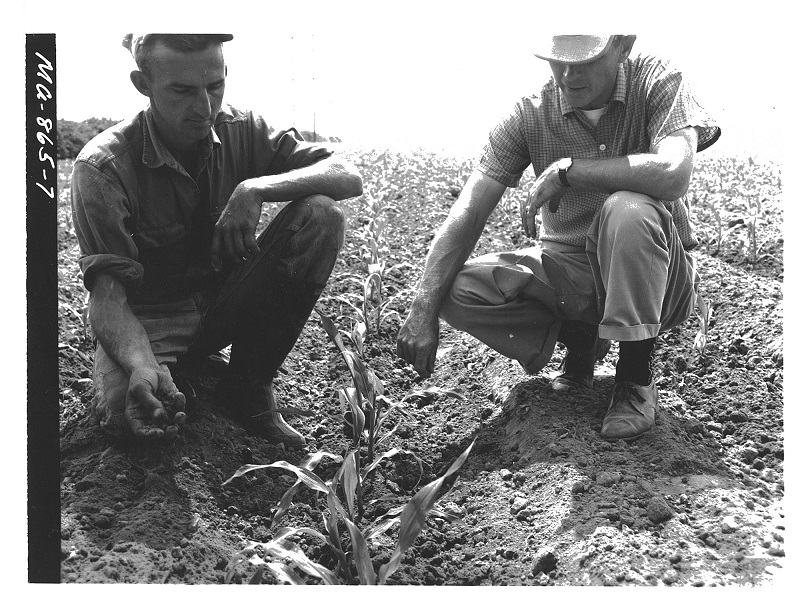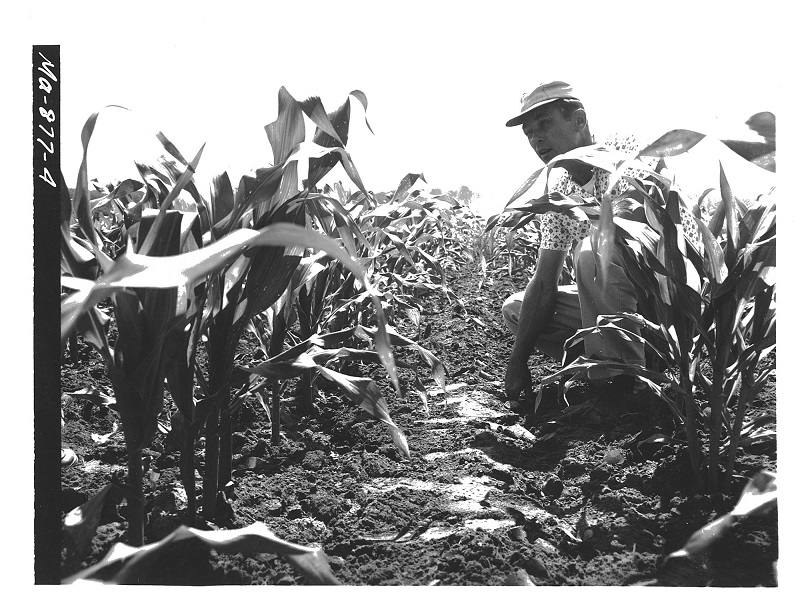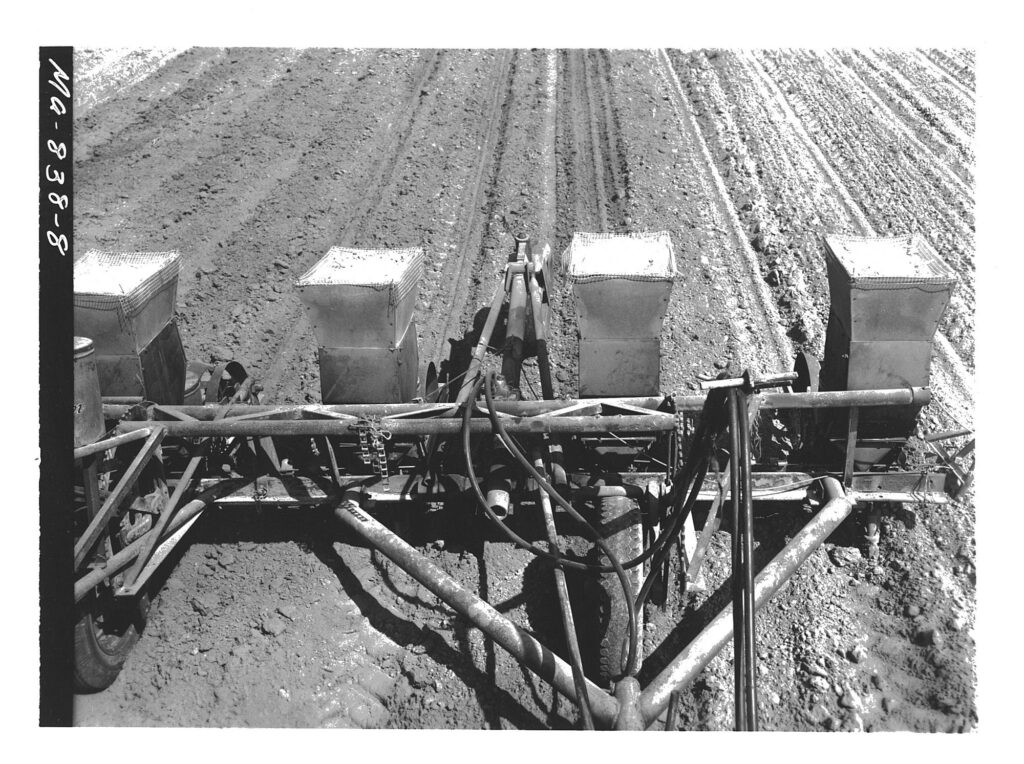The Lister Planter
Precurser to the No-Till Drill
The Lister Planter was developed as a way of planting without the need to plow. Its main purpose was to reduce erosion. The Lister dug a trench as it planted seeds, but the trench was not as deep as the trench created by a plow. It, then, planted the seeds in the trench and covered the trench again.
After several weeks farmers used a special cultivator to bury weeds in the ground that had come up after planting, and they generally used the cultivator again during the season any time weeds became a problem. When used properly, The Lister Planter and cultivator were quite successful at keeping crops relatively weed free without the use of herbicides.
In 1963, Soil Conservation Districts in Maryland did a major study on the use of the Lister Planter, comparing it to traditional plowing. The results demonstrated that this system of planting produced better results than traditional planting methods.
The Lister Planter was pre-curser to today’s No-Till Drill. With the No-Till Drill the topsoil is disturbed very little, because the Drill works by making a small hole and planting a seed right through any ground cover or debris. This allows for minimal disruption to the topsoil.
Click on photos to see them enlarged.
May 15, 1963. Demonstration of the Lister Planter on the right, versus a traditional plow, on the left. Notice that the trench made by the Lister is not as deep.
This particular Lister Planter was built by the Schmidt Brothers to specifically run in the wheel tracks of the tractor.
Copyright USDA Soil Conservation Service. All rights reserved. Photo by Richard P. Bennett.
Walter and Oscar Schmidt of Schmidt Brothers Farm participated in the study of the Lister Planter. Here Walter Schmidt stands up on the tractor with his hands on his hips, down the full row, while doing the first cultivation after planting with the Lister Planter, to prove that the tractor stays on the ridges. This particular Lister Planter was built to follow in the wheels of the tractor at planting. Wheel tracks of farm equipment often do not align with tractor wheels tracks causing extra ridges in the soil. When this happens the tractor often jerks back and forth during cultivation because the tractor wheels slip back and forth across those ridges. June 18, 1963.
Copyright USDA Soil Conservation Service. All rights reserved. Photo by Richard P. Bennett.
Oscar Schmidt and William Davis WUC, SCS, inspect field after first cultivation of corn planted with the Lister Planter. Before cultivating, there were small weeds throughout the field. After cultivating, all weeds were covered. June 19, 1963.
Copyright USDA Soil Conservation Service. All rights reserved. Photo by Richard P. Bennett.
May 15, 1963. View of the Wheel Track Lister Planter from the tractor. Notice how little of a rut is created in the ground.
The Schmidt Brothers owned both of the Lister Planters seen here. This Wheel Track Planter they built themselves.
Copyright USDA Soil Conservation Service. All rights reserved. Photo by Richard P. Bennett.
